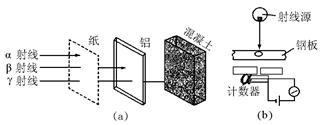问题
选择题
刘伟,10岁时因触电意外失去双臂,但是刘伟不向命运低头,12岁学习游泳, 14岁获得全国游泳亚军; 后来因为身体原因不能再游泳,他重新给自己定个目标——学钢琴。因为没有双手而找不到钢琴老师,他就自学钢琴,仅用一年即可弹奏出相当于手弹钢琴7级水平的钢琴曲《梦中的婚礼》。刘伟的事迹启示我们( )
①要养成自立自强的生活态度 ②坚强意志是实现人生目标的保障
③刘伟是特殊人物,常人可望不可即 ④要勇敢面对挫折的挑战,寻找有效的应对方法
A.②③④
B.①②④
C.①②③
D.①③④
答案
答案:B
题目分析:刘伟,10岁时被截去双臂,但是他没有向命运低头,通过自身的努力,自强不息,靠着坚强的意志,克服了挫折,最后获得了成功。因而①②④都是符合题意的,B是正确答案。③说法是错误的,刘伟也是常人,只是他比常人付出了更多,从而取得了傲人的成绩。
点评:本题从多个角度整合了有关自立自强的相关知识点,旨在帮助学生全面理解自立自强的内涵,尤其是正确理解自立自强与接受他人帮助之间的关系。学生在审题中要注意把握题目要求,否则可能会因粗心而导致选错。

